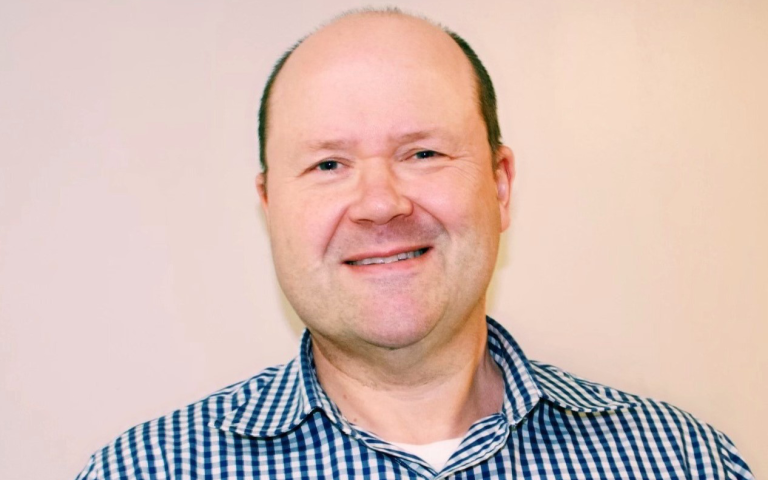Professor Henry Houlden is the Clinical Lead for Neurogenetics at the National Hospital of Neurology and Neurosurgery and plays a key role on the Genomics England board for rare diseases.

What attracted you to the area of rare neurological conditions?
We have very few treatments. Mainly due to our lack of genetic and disease pathway understanding.
Advanced genetics is still a great need as over 70% of patients in the 100,000 genomes study for rare diseases were genetically negative and therefore didn’t have a genetic explanation for their condition.
Genetic causes in rare diseases have often been the first to define the disease pathway and lead to therapies. For example, the development of the drug lecanemab for Alzheimer’s disease. This breakthrough was the result of John Hardy’s team uncovering mutations in the APP gene back in 1991 and then subsequently working on this disease pathway. This is an ideal example of how looking into the genetics can lead to key therapeutic developments.
You research a condition known as ataxia – can you explain what this is and what your research investigates?
Ataxia is a neurological condition that can be rare and familial, meaning it sometimes runs in families, but it also poses a common problem in the wider population due to factors like frailty, head injury and strokes. By looking more closely at rare disease treatments, we hope to uncover insights that could also benefit the broader population due to more common causes.
What are some of the challenges in researching rare neurodegenerative diseases?
Securing funding for rare disease research is more challenging than ever. At UCL, we’re fortunate to have access to a wealth of patients for our studies, which is a key advantage. However, the real struggle lies in obtaining the necessary funds to support our students and staff in conducting this vital research.
Can you share how the latest research tools have provided deeper insights into the research into rare diseases?
At the long-read sequencing facility at the Queen Square Institute of Neurology, we have the latest genomic and RNA technologies, enabling us to make significant breakthroughs.
An example of this is the major discovery of SCA4 repeat expansions which has enabled us to end a 25-year diagnostic odyssey. This is just one example of how this technology is bearing fruit and we anticipate seeing more of these discoveries in the future.
What key projects and research areas are you actively pursuing and what anticipated breakthroughs do you expect to achieve?
Genetic studies focusing on native African and South Asian populations with neurological disorders account for only a small percentage of worldwide research. However, this is a key research area for our lab; this has been exemplified through our work on Parkinson’s disease (PD) in Africa.
Until recently, PD in the African and African admixed populations was completely unexplored. Recently, we performed a comprehensive genome-wide assessment of PD in 1,488 cases from African (Nigerian) populations.
We identified a novel risk factor for PD and age at onset at the glucocerebrosidase (GBA1) locus. This was found to be extremely rare in non-African populations but due to decreased glucocerebrosidase (GCase) activity is a frequent cause of PD in Africa and highlights this pathway for treatment. We are carrying out a similar project in multiple system atrophy and hope for important genetic breakthroughs.
What are specific projects where collaboration has led to breakthroughs or significant progress?
Genetic factors in human disease offer a powerful foundation for developing therapies, as shown by the significant increase in the proportion of successful drug mechanisms with direct genetic support, from 2% at the preclinical stage to 8.2% among approved drugs.
I mentioned lecanemab earlier, where Dr Cath Mummery and colleagues are hopefully bringing this drug to dementia patients at our hospital later this year. Also, this trend is exemplified with the SOD1 genetic pathway, which resulted in the development of tofersen for Motor Neuron Disease (MND). In childhood/teenage MND, the identification of genetic mutations in riboflavin transporters has led to riboflavin supplementation as a treatment.
What can patients and families do to help?
We collaborate widely in the UK and worldwide and we are always happy to advise and help undiagnosed families and research. We also see many families for opinions and management of rare and severe disorders, and have specific NHS clinics where we work with patient support groups such as with MSA and the MSA Trust.
We also have an NHS clinic at The National Hospital for Neurology where we are happy to see patients and families. H.houlden@nhs.net
 Close
Close

